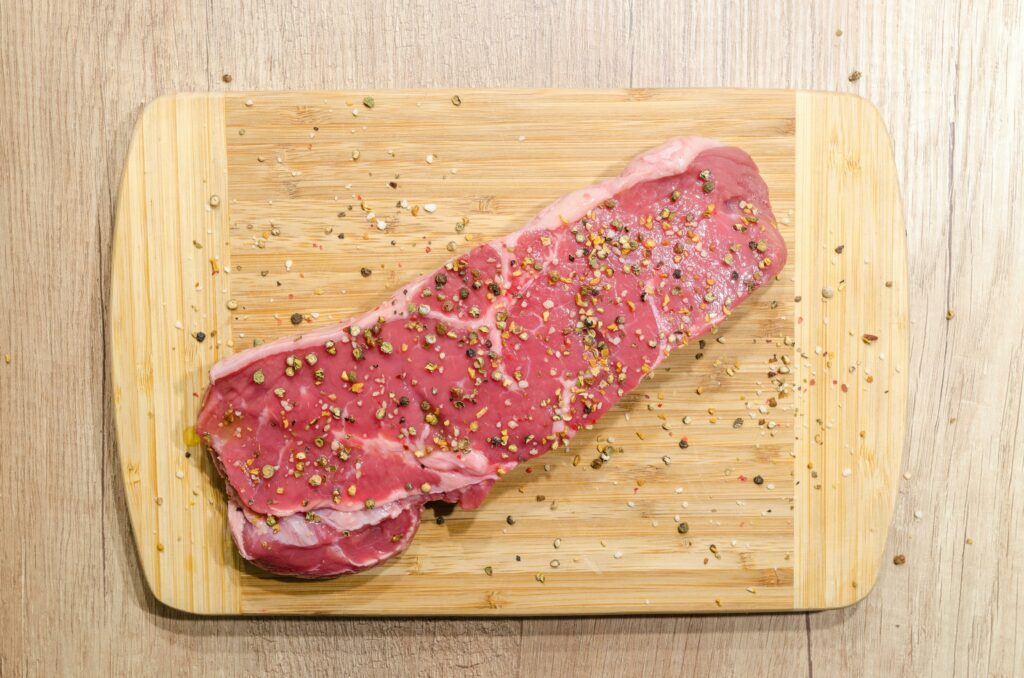
Creatine works. Lifters know this, professors know this, the marketers who sell the stuff know this.
But nobody should put anything in their body without weighing the benefits and risks first. That goes for everything from beer to marshmallows to the amazing amino acid called creatine.
It’s not anything scary. It’s not a Barry Bonds starter kit.
Creatine – typically bought in flavoured powders and mixed with liquid – increases the body’s ability to produce energy rapidly. With more energy, you can train harder and more often, producing faster results.
It’s as simple as this: “If you can lift one or two more reps or 5 more pounds, your muscles will get bigger and stronger,” says Dr Chad Kerksick, assistant professor of exercise physiology at the University of Oklahoma.
Research shows that creatine is most effective in high-intensity training and explosive activities. This includes weight training and sports that require short bursts of effort, such as sprinting, football, and baseball.
There is less support to indicate that creatine improves endurance performance and aerobic-type exercise.
One thing is almost certain: if you take creatine, you’ll gain weight.
It’ll happen quickly, says Dr Paul Greenhaff, professor of muscle metabolism at the University of Nottingham in England. While the initial gain is water (about 1 to 2 kilograms in the first week of supplementation), subsequent gains are muscle due to the increase in the workload you can handle.
Because creatine is an “osmotically active substance,” it pulls water into your muscle cells, which increases protein synthesis, Kerksick says.
Studies in the journal Medicine & Science in Sports & Exercise found that muscle fibres grow when a person takes creatine.
The catch: this only happens if you take advantage of the boost in energy and hit the gym. Otherwise, it is just water weight.
Nobody argues with any of this. But there are some questions about creatine that lots of guys have.
Any guy mixing his first glass of creatine powder has hesitated. Is this the right move? His questions include:
Will creatine mess with my kidneys?
Researchers are constantly studying creatine – for effectiveness and safety. That’s why many trainers and health experts support the use of creatine: studies indicate it’s safe.
“Creatine is one of the most-researched sports supplements out there,” Kerksick says. “And there’s no published literature to suggest it’s unsafe.”
Greenhaff has been studying creatine for about two decades, and says he never encounters the cramping that is sometimes reported. “I’m not saying people don’t experience cramps, but I don’t believe it can be very common,” he says. “If there were any major adverse side effects, we would have seen them by now.”
But there have been anecdotal reports of kidney damage, heart problems, muscle cramps and pulls, dehydration, and diarrhea, in addition to other negative side effects. The key word here: anecdotal.
Some of these conditions can be caused by consuming too much of certain vitamins, says Dr Tod Cooperman, president of ConsumerLab.com. “Too much vitamin C can cause diarrhea, and too much iron may lead to stomach problems,” he says.
To be safe, he recommends using creatine only if you are healthy and have no kidney problems. That’s because your kidneys excrete creatinine, a breakdown product of creatine.
So there’s no downside?
Not so fast, Biceps-Brain. If you can get big without it, there’s no reason to use creatine.
“I feel it would be better for no one to use creatine even though it’s shown to increase some strength and muscle mass,” says Dr Jim King, president of the American Academy of Family Physicians.
“I wouldn’t recommend doing anything that would show minimal improvement and possible risk. Weigh the negatives and the benefits before you try it.”
Kids under age 18 should avoid creatine, King says, because few studies have been done on children using creatine as an exercise enhancement.
There have been reports of overexertion causing torn muscles. That can mean permanent damage. “Children are still in a growing phase, and we’re not sure what impact creatine may have on muscles and bones as they grow,” he says. “I feel very strongly that middle and even high schoolers shouldn’t use it.”
Will creatine transform me?
Here’s one thing all the experts can agree on: it’s impossible to say.
Creatine has different effects on every individual. Some people just don’t respond to creatine—it’s a genetic thing.
You should know in about a week – if your training volume increases, it’s working for you. If not, you’re probably a “non-responder” – taking the powder isn’t going to help you.
Diet is important. Meat, especially herring and beef, has high levels of creatine, so vegetarians usually see a greater response, while those whose diets are highly carnivorous may see less change.
Of course, a healthy diet is key to anyone’s muscle-building plan. “If your diet is junk, there’s no point in adding creatine,” Kerksick says. “It’s better to eat good sources of carbohydrates and lean protein.”
In the end, creatine alone will not make you a bigger man.
“Only when combined with exercise does it improve the quality of training,” Greenhaff says. “You still have to do the work.”
What kind of creatine should I take?
Powder is the way to go. Studies show that liquid creatine and creatine ethyl ester (CEE) are unstable and break down in your blood system. Don’t bother with them.
Kerksick recommends 100 per cent pure creatine powder. Some companies add electrolytes and other ingredients, but tests indicate those do little to improve performance.
“Save money and buy creatine powder and [mix it with] fruit juice,” Kerksick says.
Fruit juice? That’s right – the sugar in the juice raises insulin levels, which helps increase creatine uptake into the muscle.
You need about 70 grams of simple sugars for every five grams of creatine, Greenhaff says. He suggests looking for a drink or supplement with 60 grams of carbs per 100 grams of product.
To ensure your body maximises the benefits of creatine, buy the best stuff you can afford. It’s your body—this isn’t the time to get cheap.
You’ll know the powder is of poor quality if it’s hard to dissolve and there’s residue at the bottom of your glass after you drink it. You want the powder in your muscles, not in the glass. If this happens, try a different brand.
















